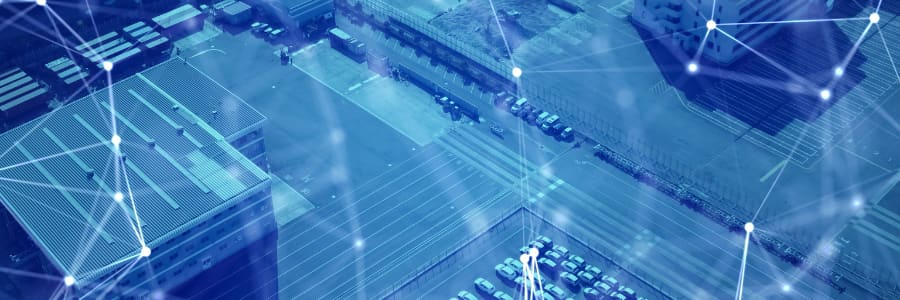Distributed energy resources are transforming energy by decentralising power generation. The new “energy building blocks” present challenges for utilities but also opportunities to manage demand, integrate renewables, and build a more resilient, cost-effective, and sustainable energy future.
The numbers speak for themselves where distributed energy resources (DER) are concerned:
The US is set to add 217 GW of DER capacity through 2028, according to a Wood Mackenzie study. Europe is also going to experience rapid expansion of DER capacity.
Simultaneously, the number of consumers who generate power through photovoltaics or other renewable energy sources is on the rise. In Europe, up to 83% of all households could be generating electricity by 2050.
Similar trends define the continued rise of electric vehicles and battery storage.
For utilities and energy companies, the rise of DER means a rapid transformation of how energy is generated, stored, and consumed. These new, smaller, decentralised assets present new challenges—but also new opportunities to solve grid risks, reduce emissions, and actively manage energy better.

Distributed energy resources are decentralised energy assets. They include a variety of technologies, such as solar panels, battery storage, electric vehicles (EVs), heat pumps, and wind turbines.
A shared quality is that DERs enable households and businesses to generate, store, or manage energy at or near the point of consumption. Importantly, they can also export excess energy back to the grid, reducing the overall demand for centralised power plants. In other words, they can participate more actively in the energy grid.
DERs can generally be divided into two categories: “behind the meter” (BTM) and “in front of the meter” (FTM).

The growth of DERs is driven by factors like lower renewable energy costs, increased awareness of climate change, and supportive government policies. Key trends include:
Managed and integrated efficiently, distributed energy resources present many opportunities for energy companies and utilities. The list includes:

The substantial benefits and potential of DERs are sometimes counter-balanced by the challenges they present for energy companies and utilities. One of the overriding problems is that many power grids have been designed explicitly for centralised energy systems. Other key challenges include:

There are many considerations and choices for utilities regarding DER. One of the main areas is whether to design and implement your own DER solutions, including DERMS, or collaborate with external partners. In-house development can provide easier integration with existing solutions.
However, collaborating with external solution providers often offers a faster, more cost-effective way to adopt DER technologies. Providers bring specialised expertise and proven solutions that enable utilities to deploy and scale quickly.
Solutions scalable for future growth should be a core focus area. Solar, battery storage and EVs are set for rapid future growth, and utilities need solutions that enable them to make the most of that growth. One example is managed EV charging, which enables utilities to balance grid demands by shifting EV load to off-peak times, preventing grid strain without expensive infrastructure upgrades. As more EVs are deployed, the potential benefits grow – but only if you have solutions capable of scaling with your needs.

Utilities and energy companies can start their exploration of solutions and possible partners by asking the following questions:
By evaluating these factors, utilities can ensure they select the right partners to meet immediate and future needs and maximise the benefits of DER integration.